Unpacking maize abundance in Zambia
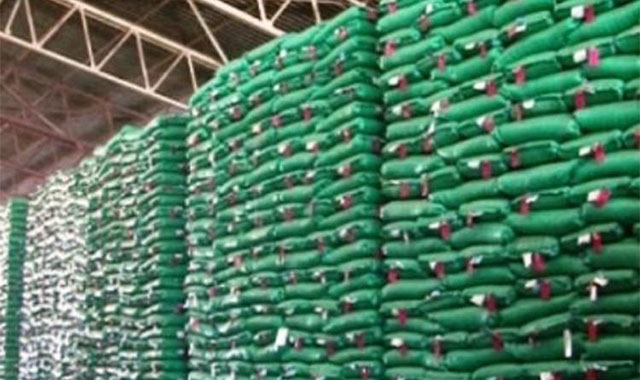
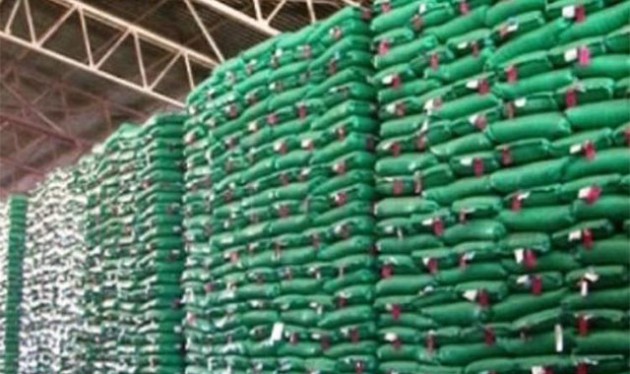
In March 2016 the US placed two more fertiliser companies, Chemplex Holdings and Zimbabwe Fertiliser Company on its sanctions list in an effort to cripple the country’s agriculture sector
Nick Mangwana View from the Diaspora
There has been a direct effort to support Zambian food production by the European Union and undermine Zimbabwean agriculture through the strangling of the agricultural sector to give the impression that commercial farmers that moved are responsible for the increased maize production since 2004.
Zimbabweans, we are some sort of regional snobs aren’t we? It hurts to lose a football match. But it would hurt more to lose to Zambia or Malawi. We loved to hate Kalusha Bwalya and the damage he would cause to our national football teams. In the region we always felt it had to be us and South Africa. We had derogatory names for people from Malawi and Zambia. All sorts of negative stereotypes used to be floated around.
Remember names such as “Mubhurandaya or Bwidi”. These were meant to invoke a sense of superiority on whoever was saying them and inferiority on the victim. And normally anyone called Phiri or Banda would be labelled Bhurandaya whether they came from Zambia or Malawi or whether they came from Blantyre or Chililabombwe, it didn’t matter. They would all fall into one formless bracket. A bad one.
Now there is a bit of a shift. Zimbabwe is importing maize from Zambia. What the heck? How can anyone allow that to happen? Not only that, it surely cannot be the Zambians doing this? After all we must be better than them, right? It has to be those former commercial farmers that lost land during the fast track land reform programme, right? That is a myth. Excess maize production in Zambia is not coming from the former commercial farmers who were given land there. It is coming from small scale farmers and land owners. In short, it is coming from “Mabwidi”, deal with it.
Since year 2000 which partially coincides with Zimbabwe’s fast track land reform, Zambia also reformed its maize production by putting in place a lot of measures that helped to incentivise the production of maize. These interventions have been both on the production side and the market side.
One third of all fertiliser used in Zambia by maize producers is subsidised. In Zimbabwe the Government has tried, but there are accusations of inputs being sold for a quick buck. That is a contentious accusation which is yet to be proved but the Reserve Bank Governor said it.
In Zambia most land is now maize focussed though there are now efforts to diversify its use. This has to be contrasted with everyone trying to do tobacco in Zimbabwe including those whose land is not conducive to that crop.
The lesson to learn from Zambia is the monetisation of the grain crop in order to encourage maize production. An institutional framework as enunciated by Zim-Asset is needed to influence our farmers to grow maize as well. There is no doubt tobacco is good for the country as it brings hard currency from the foreign buyers, but the same money we get through tobacco goes the other way out through food importation.
In Zambia the Food Reserve Agency (FRA) pays 30 percent premium above market rates. In Zimbabwe our GMB takes long to pay farmers, therefore it cannot compete with private buyers. This discourages farmers from doing the maize next season but also affects reserves. Compare this to the incentive in Zambia which results in 80 percent of maize sales by small holder farmers going to the FRA. That is not a small number as it is nearly a million tonnes.
When the FRA sets the maize price in Zambia, it calculates the average production costs which include labour, taxes, mechanical, inputs and then over and above that sets a reasonable margin as a return to the small holder farmer who thus becomes a business man. Normally rural folks do not consider their own labour as a cost. But some spend as much as nine hours in the field six days a week. In any other industry they would be generously compensated for that input.
To be fair to Zimbabwe, besides the poor payment system the price is not that bad. Zimbabwe has the highest maize production cost in the region at $250 per tonne as compared to Zambia’s $220 per tonne and South Africa at $210 per tonne. The $390 offered by the Government is a reasonable return, but it is worth looking at how much it competes against tobacco per hectare. If maize was to give a return as high as these other crops, then more of those farmers with irrigations would opt for more of it than tobacco and the nation would not import that much, even in years of drought. Imagine if Zimbabwe would look at the commercial price for maize and then pays 30 percent above that. One is already asking where the money would come from. It is better than importing.
In Zambia small to medium farmers account for 70 percent of maize surplus and not former Zimbabwe commercial farmers as portrayed by the media. Commercial farmers in Zambia only cultivate 22 percent of all cropped land. These include both black and white. Zambia had its own white farmers before some of ours joined them. So this figure accounts for all of these. It is the smallholder farmers that are responsible for the rest.
There has been a direct effort to support Zambian food production by the European Union and undermine Zimbabwean agriculture through the strangling of the agricultural sector to give the impression that commercial farmers that moved are responsible for the increased maize production since 2004. But that is not the correct position. The untold story is the availability of resources and support which if their Zimbabwean counterparts would get, their productivity maybe be the same or even better.
Money have been poured in by both the EU and the USA to support government policy and efforts to make Zambian subsistence farmers to transition from subsistence farming into market oriented production system. The money will continue to be poured in and there are commitments to do that until at least 2020. Agriculture service centres have been established in service centres in Chibombo, Mpongwe, Lundazi and Mbala and upgraded two existing centres in Choma and Mumbwa by the European Union.
So while Zimbabwe has a very well thought out Food and Nutrition Cluster in its policy blueprint, it has struggled for funding and a sustainable input system except that small quantity which people get through the Presidential input support.
The EU has a $1 billion global agricultural fund which is meant to mitigate the developing countries against the volatility of the world agricultural commodity pricing. Zambia has been a major beneficiary of that through what they called the Food Facility Instrument at the very time when Zimbabwean fertiliser companies were being placed under sanctions.
The World Bank through the Agricultural Development Support Project also poured in a lot of money to support small holder farmers to produce excess maize. The US government through the USAID ran several programmes, including the Food the Future Strategy that benefited over 200 000 small scale holders to achieve excess output status.
While Zimbabwean products can now be seen in supermarkets in the United Kingdom and other European countries, the major issue has always been about funding. So those that are performing well have found a way in spite of the sanctions. The major focus has never been on the products but the production. A suffocation of the input side was not supposed to end up with products.
In March 2016 the US placed two more fertiliser companies, Chemplex Holdings and Zimbabwe Fertiliser Company, on its sanctions list. We tend to avoid engaging with the issue of why these two companies and why now?
The Zimbabwe agriculture post-fast track land reform programme is not supposed to be successful because it vindicates the programme itself.
How does a fertiliser company help trample human rights in Zimbabwe? One would understand if this was a teargas manufacturing company. But no, it is agriculture. There is no other reason except that the land reform should not be seen as a success lest South Africa is encouraged to follow suit.
Please note this effort to paralyse Zimbabwean agriculture is happening at the same time that the funding taps are being opened by the West to the benefit of Zambia.
This strategy has worked very well because right now everyone sees the land reform as the main reason for the food shortage in the country and the abundance of maize in Zambia. People even doubt that drought has also played a major role.
This is quite strange for how can one doubt the role of drought when it is very clear for all to see? Was the land reform responsible for the drought of 1982/3, 1992 and all other preceding ones? Of course not. As punishment for the land reform Zimbabwe continues to be punished. To make a political statement, Zambia will continue to be capacitated. It is their lucky, we can’t blame them.
There is no doubt that those that have gained from the land reform programme owe the nation a lot more productivity. Any honest person will have to admit that the desolate commercial farms one sees alongside Zimbabwe’s highways can do with more agricultural activity, but it also helps to put things in their right context.
We cannot continue to make excuses for those that fail to justify a noble programme like land reform by hoarding land for speculative purposes.

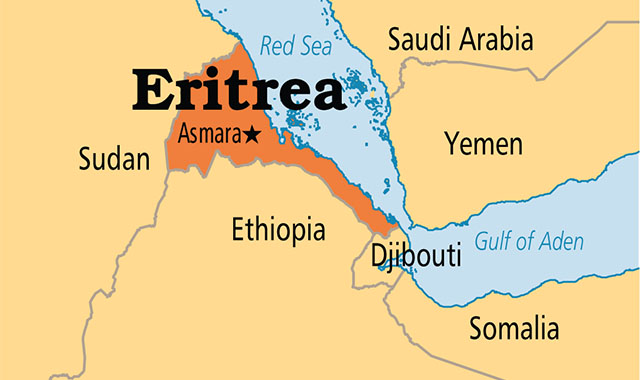
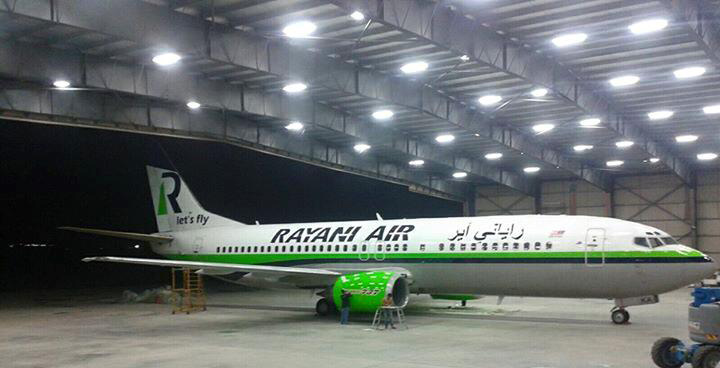

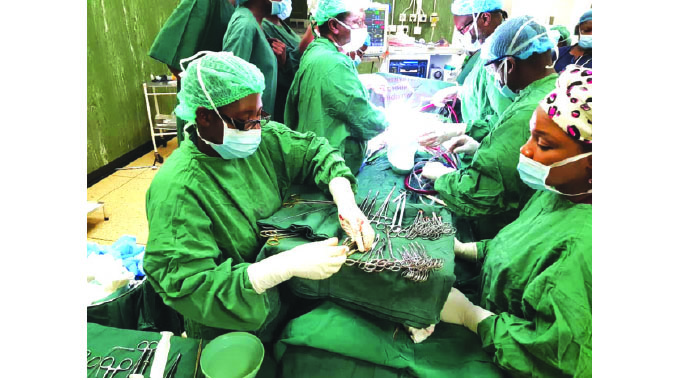
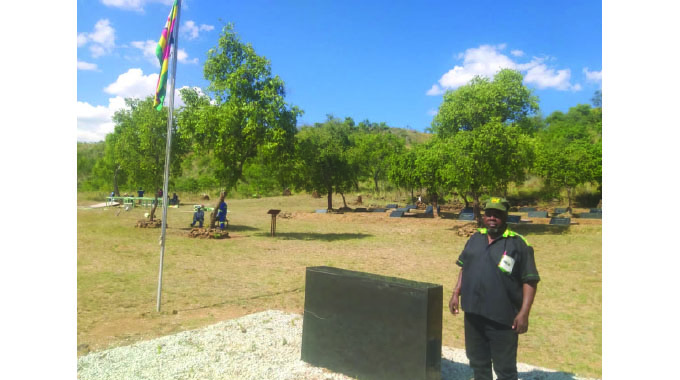

Comments